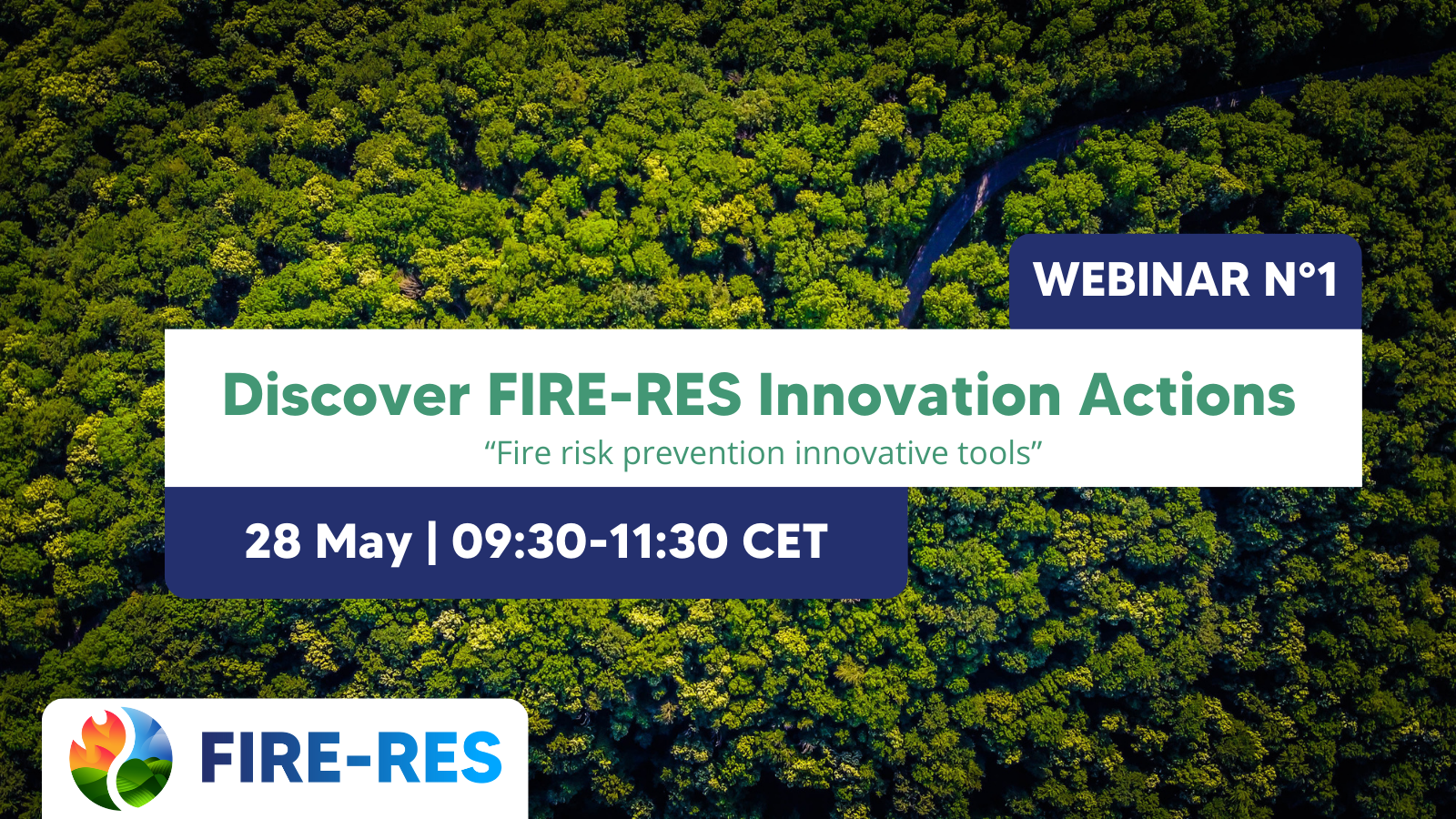IA 2.5. Designing strategic networks of managed areas to improve suppression efforts against EWE
OVERVIEW
What kind of result is this? | A Tool with guidelines on its use | |
What’s the area addressed? | Ecosystem Conservation and Landscape design | |
What’s the covered phase? | Prevention via restoration activities | |
What’s the addressed challenge? | We aim to combine multiple criteria and metrics, within an active multi-actor process, to increase results acceptability | |
What value is proposed? | This action will focus on allocating priorities for managing forest areas to facilitate the suppression efforts against EWE. These considered areas are patches of forest with high potential of high-fire intensity and rapid spread, associated to hazardous accumulations of fuels, in the vicinity of infrastructures that facilitate the work of firefighters, and near to areas of high value (ecological, social, cultural, etc..). The work will combine multiple criteria, and layers of information associated to those criteria to prioritize management based on complex problems. The selection of criteria, data associated, normalization rules and criteria weighting, will be generated through a participatory process, involving: forest department, firefighters, and other fire prevention experts. The basis of the management plan will be multi-criteria decision analysis (MCDA), based on the needs and rules defined by a multi-actor panel. Based on the obtained priorities and potential management actions to reduce fuel loads and tame fire behaviour, an optimization process will be applied to allocate management across a region, to achieve a maximum level of efficiency tailored to the area or to budgetary constraints. | |
Who can use it? | Policymakers and forest administration | |
What type of tool is it? | Test results/protocol | |
How does it look like? | Text, with the potential to generate a software | |
This tool is… | ⊠ a new tool | ☐ an improved tool |
What are the vision & mission statement? | The new tool and methodology are expected to provide an easy to understand process to integrate multiple criteria into spatially explicit decision making. We expect that the finalized tool will facilitate participatory processes in the selection of those areas where a management operation should be implemented. | |
When will it be complete? | The prioritisation part is expected to be available at the beginning of 2025. The optimization part will be tested and implemented, yet the methodology is expected to evolve after the project | |
Documentation | TBA | |
This IA is implemented in the Living Lab(s)… | ||
Media coverage of the I.A.

FIRE-RES Innovation Actions: Webinar N°1
The European Institute for Planted Forest (IEFC) is hosting a series of webinars to introduce the project’s Innovation Actions to the public. The first session will showcase highlights and results
Contact

José Ramón González
- Forest Science and Technology Centre of Catalonia- Centre de Ciència i Tecnologia Forestal de Catalunya (Spain)
- jr.gonzalez@ctfc.cat